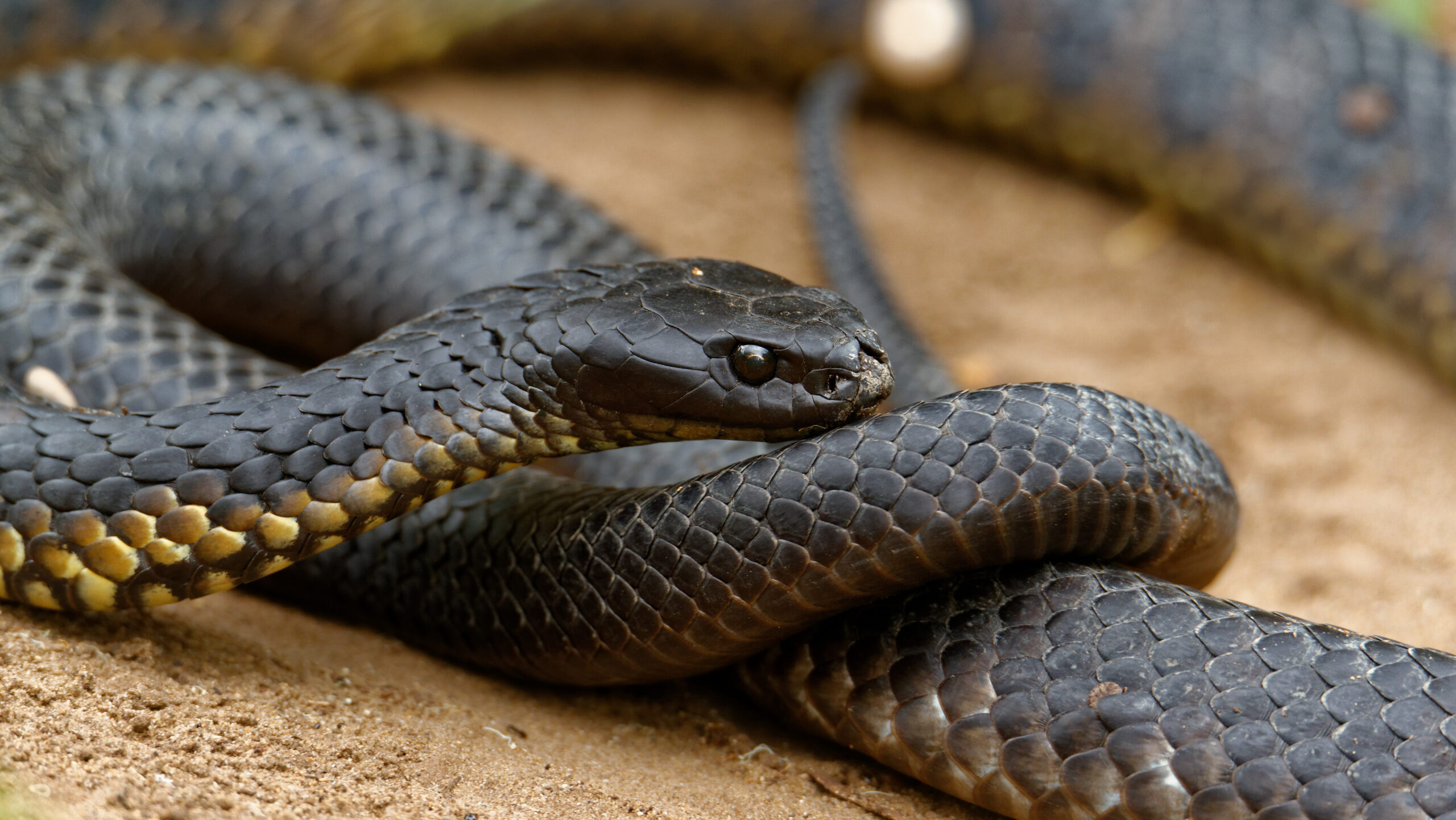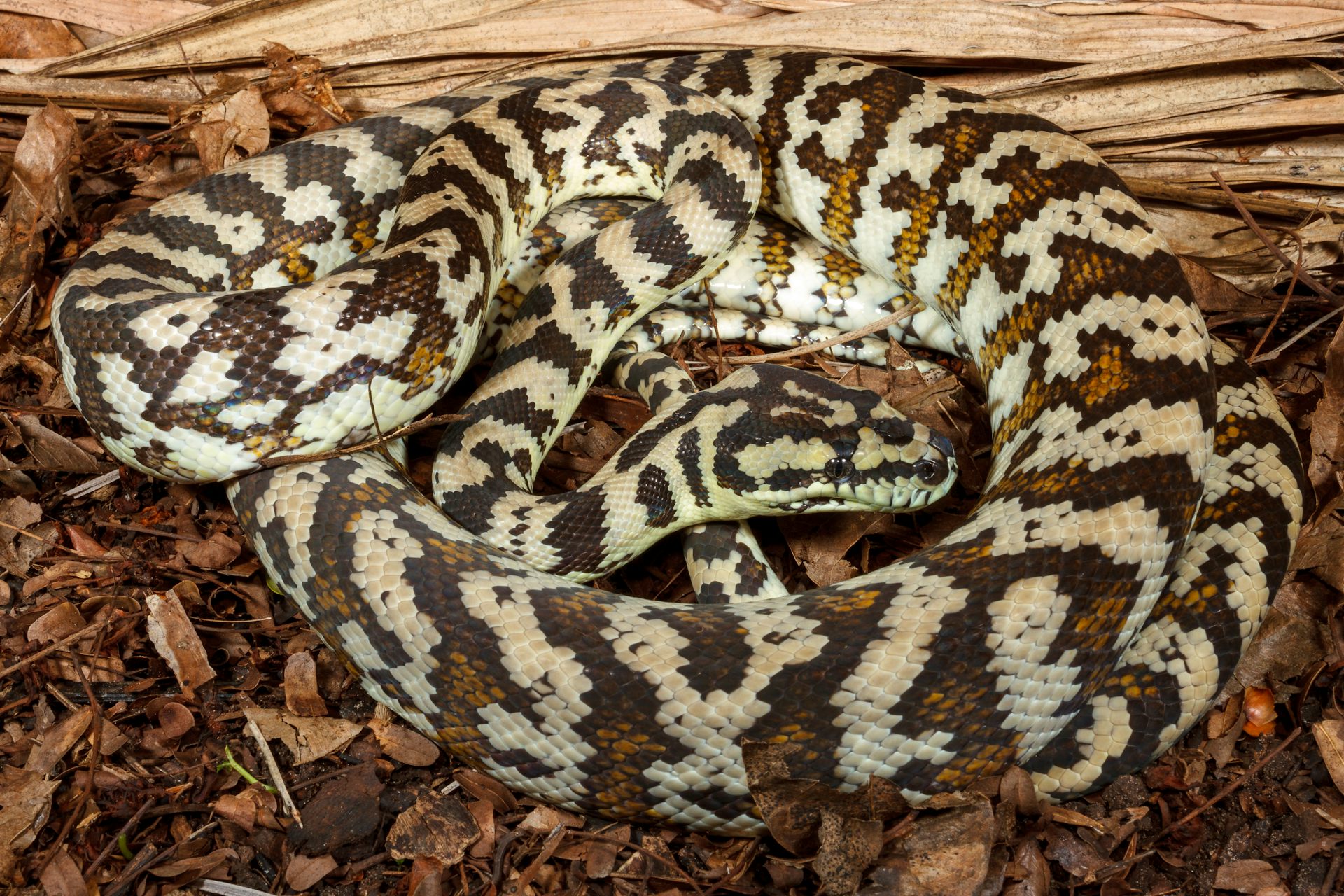Introduction
The tiger serpent is just one of Australia's many notorious reptiles, been afraid for its powerful poison and hostile character. This remarkable creature plays a crucial role in the environment, yet it often faces misunderstandings that cause unneeded anxiety. In this detailed short article, we will explore the world of the tiger serpent, discovering its habitat, poison attributes, and vital first aid techniques in case of a serpent bite.
Understanding the Tiger Snake: Habitat, Poison, and Emergency Treatment Essentials
Tiger snakes are mainly found along the southerly coastline of Australia, consisting of Tasmania. They prosper in various settings such as wetlands, seaside areas, and even urban locations. Their adaptability makes them effective killers; however, their proximity to human environments often causes encounters that can result in bites.
This post intends to debunk tiger snakes by reviewing their habitat preferences, analyzing their venom composition and effects on people, and supplying important emergency treatment info for bites.
1. Tiger Serpent Environment: Where Do They Live?
1.1 Review of Tiger Serpent Distribution
Tiger snakes (Notechis scutatus) are primarily found in southern Australia and Tasmania. They inhabit numerous ecological communities varying from coastal marshes to freshwater lakes.
- Coastal Regions: Tiger serpents are frequently discovered near shorelines where they quest for fish and amphibians. Wetlands: These areas provide enough hiding areas and abundant prey. Urban Locations: As cities broaden right into natural environments, tiger snakes might be seen venturing right into suburban yards or parks.
1.2 Preferred Habitats of Tiger Snakes
Tiger snakes prefer damp atmospheres where water sources are easily offered. Their environments commonly consist of:

- Marshes: The dense greenery enables them to assail target effectively. Swamps: These areas supply sanctuary from killers while providing a rich searching ground. Riversides: Water bodies bring in lots of animals which function as food resources for these snakes.
1.3 Environmental Variables Influencing Habitat Choice
Several variables influence where tiger snakes choose Dugite Snake to reside:
- Temperature: Being ectothermic (cold-blooded), they need cozy environments for optimal task levels. Prey Availability: High populaces of frogs and little mammals attract these snakes. Shelter: Thick greenery offers not only as camouflage however likewise as protection against prospective threats.
2. Are Tiger Snakes Venomous? Comprehending Their Venom
2.1 Make-up of Tiger Serpent Venom
Yes! Tiger snakes are Conservation and Education without a doubt venomous creatures. Their venom is a complicated blend containing neurotoxins that can create paralysis and coagulopathies influencing blood clotting mechanisms.
Key Elements of Poison:
- Neurotoxins: Influence nerve feature leading to paralysis. Hemotoxins: Damage capillary triggering internal bleeding.
Understanding these components helps us appreciate the effectiveness of a tiger serpent bite.
2.2 Results of a Tiger Snake Attack on Humans
A bite from a tiger serpent can cause extreme signs:
- Local Symptoms: Pain, swelling, and staining at the bite site. Systemic Symptoms: Nausea, throwing up, trouble taking a breath because of paralysis or tightness of airways.
Severity Levels
Minor Bite: Localized pain without systemic symptoms. Moderate Bite: Systemic signs and symptoms but workable with clinical care. Severe Bite: Lethal; requires instant clinical intervention.3. Determining Different Sorts Of Tiger Snakes
3.1 Eastern vs Tasmanian Tiger Snakes
There are 2 primary classifications based on geographic distribution:
Eastern Tiger Snake (Notechis scutatus)
Found along eastern coastlines as much as Queensland.
Tasmanian Tiger Serpent (Notechis scutatus)
Adapted particularly to Tasmania's one-of-a-kind environment with somewhat varying coloration patterns.
3.2 Shade Variants in Habitat Preferences
Tiger serpents exhibit considerable shade variants depending upon their environment:
- Coastal populations often show red stripes or blotches for much better camouflage versus sandy shores.
4. Behavior Patterns of Tiger Snakes
4.1 Aggressiveness Level
Tiger serpents are known for their hostile actions when intimidated or cornered which can cause defensive strikes if provoked.
4.2 Hunting Techniques
They possess impressive agility permitting them to strike swiftly at prey such as frogs or tiny rodents mainly throughout twilight hours when they're most active-- making them nocturnal hunters!
5. Emergency Treatment for Serpent Bites: Vital Steps You Must Know
When it comes to dealing with serpent bites, expertise is vital!
5.1 Immediate Actions After a Bite
If bitten by a tiger serpent:
Stay calm! Panic boosts heart rate which spreads poison much faster with your bloodstream.
Apply stress around the injury making use of tidy fabrics-- prevent reducing or sucking out venom!
Remove limited clothing/jewelry near the bite site; swelling might occur rapidly.
Immobilize the affected arm or leg utilizing splints when possible-- this restricts motion aiding decrease venom spread!

5.2 Getting Clinical Help
Seek emergency clinical help instantly! Time is vital when handling potential envenomation from tiger serpents!
5.3 First Aid Package Basics for Snake Bites
Having a fully equipped emergency treatment kit can make all the difference throughout emergency situations:
|Item|Description|| ------|-------------|| Stress Bandage|Aids immobilize wound|| Clean and sterile Gauze|For dressing injuries|| Emergency Call Information|Quick accessibility numbers|| Antivenom Information|Knowledge about regional antivenoms|
6 FAQs Concerning Tiger Snakes
Q1: Are all tiger snakes dangerous?
A: While all have poisonous capacities influencing humans considerably-- most prefer avoidance unless threatened!
Q2: Exactly how rapidly does tiger serpent venom influence humans?

Q3: Can you survive a tiger serpent bite without treatment?
A: Untreated bites can be fatal because of fast development; immediate treatment is crucial!
Q4: What ought to I do if I come across one?
A: Keep distance & & pull back gradually; stay clear of unexpected movements that may prompt aggression!
Q5: Just how common are bites from tiger snakes?
A: Although encounters take place frequently-- real attacks continue to be reasonably rare due mostly due preventive procedures taken by citizens living within affected ranges.
Hospital Care
Q6: Is there a remedy available?
A: Yes! Antivenoms specific for Australian types exist-- medical centers carry these medicines all set when required urgently post-bite incidents!
7 Conclusion
Understanding the complexities surrounding "Understanding the Tiger Serpent: Environment, Poison, and First Aid Fundamentals" is paramount not only for individual safety and security however also promoting conjunction with these amazing animals populating Australia's landscape! By learning more regarding their behaviors & & efficient response approaches relating to potential encounters-- we outfit ourselves much better versus unnecessary concerns while appreciating nature's diversity completely! So let's accept education instead fear-- it leads towards consistency between humankind wildlife alike!